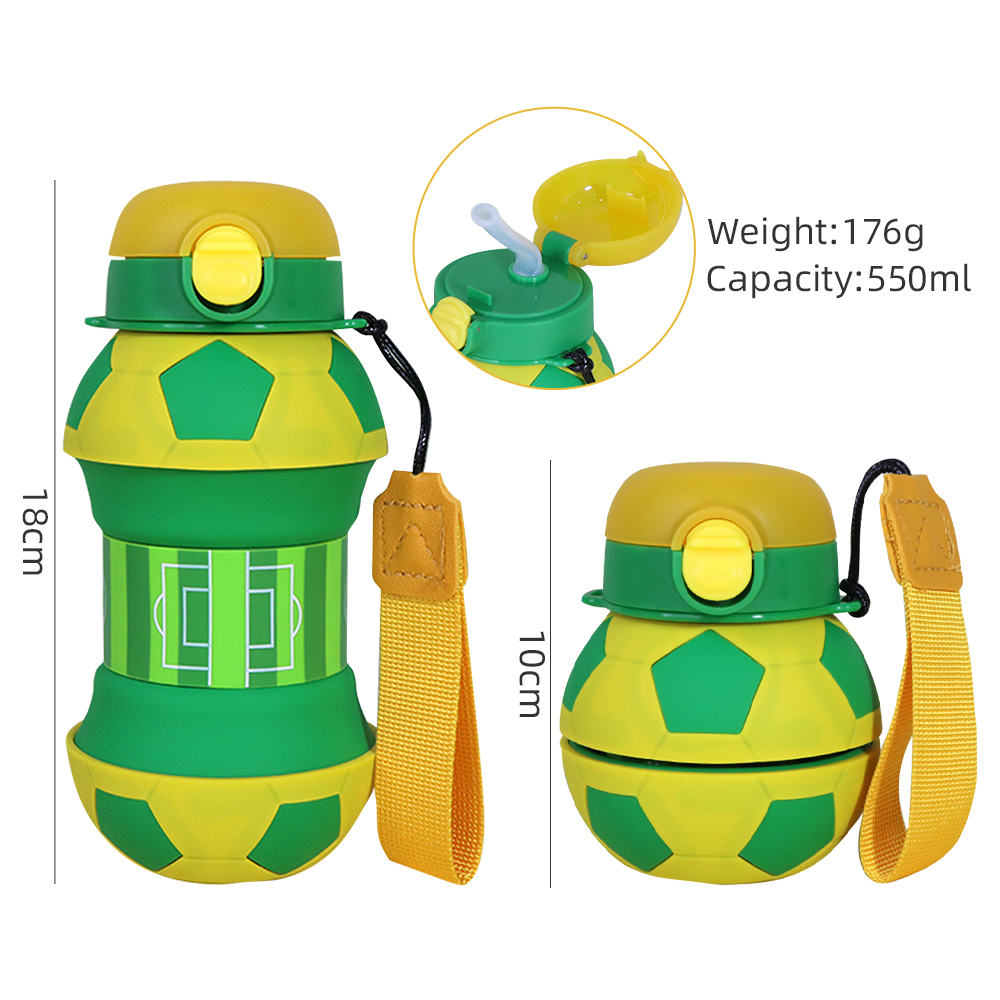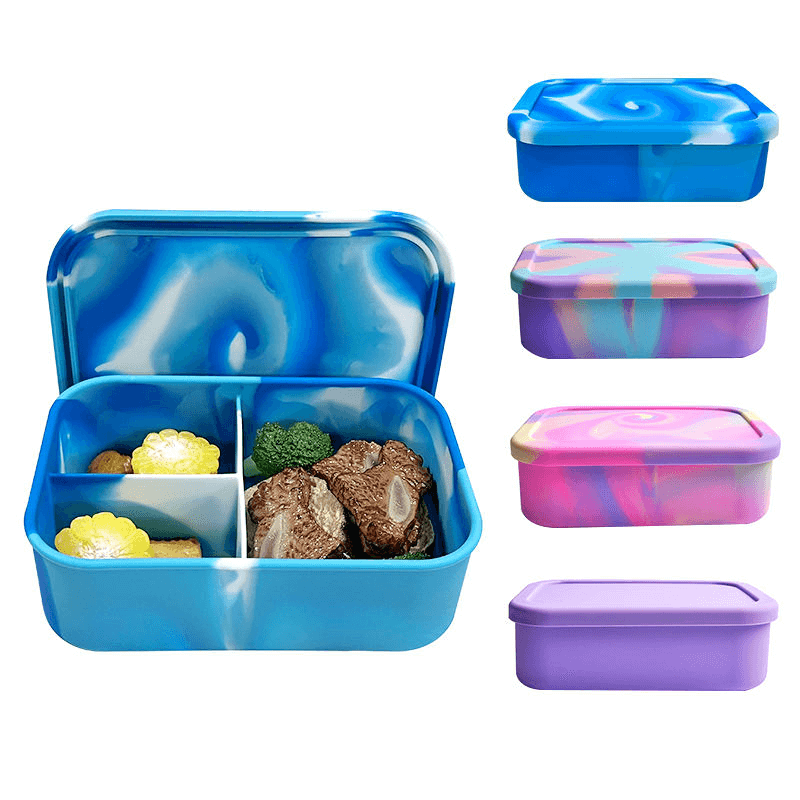Содержание
В стремлении к защите окружающей среды и удобству сегодня складная бутылка для воды стала популярным детским товаром на европейском и американском рынках благодаря своему уникальному дизайну и практичным функциям. Для торговцев запуск детской складной бутылки для воды не только удовлетворяет растущие персонализированные потребности потребителей, но и использует тенденцию экологичного потребления и расширяет новые точки роста бизнеса.

Складная бутылка для воды экономит место
Дети Складная бутылка для воды изготовлен из эластичных материалов, таких как пищевой силикон или TPU, которые легко складываются после использования, что значительно экономит место для хранения и транспортировки. Это означает снижение логистических затрат и более гибкое управление запасами, особенно при сезонных колебаниях спроса, что позволяет продавцам быстро реагировать на изменения рынка. Например, эта объемная складная бутылка для воды от JEWELIVES имеет высоту 18 см в развернутом виде и всего 10 см в полностью сложенном и упакованном.
Экологически чистые материалы
В этой детской складной бутылке для воды используется нетоксичный и не имеющий запаха пищевой силикон, который не только обеспечивает безопасность продукта, но и соответствует высоким стандартам защиты окружающей среды и устойчивого развития на европейском и американском рынках. При выборе поставщиков продавцы должны отдавать предпочтение брендам, прошедшим международную сертификацию безопасности, такую как FDA или LFGB, чтобы укрепить доверие потребителей и продемонстрировать корпоративную социальную ответственность.
Индивидуальный дизайн и дифференциация бренда
Дизайн детских складных бутылок для воды разнообразен: от популярных мячей до милых форм еды, что может привлечь детей разных возрастов. Торговцы могут выпускать ограниченные серии или индивидуальные серии, сотрудничая с известными брендами или дизайнерами, чтобы повысить привлекательность и конкурентоспособность продукции на рынке. Как производитель детских товаров, JEWELIVES имеет более 20 профессиональных дизайнеров, ежедневно добавляет более 100 патентов на дизайн продукции и имеет опыт в разработке и производстве силиконовых складных бутылочек для воды.
Позиционирование целевой группы
Складные бутылки для воды в основном ориентированы на дошкольные и подростковые группы, охватывая детские сады, школы, спортивные клубы и другие сценарии. Покупателями обычно являются розничные компании, которые сотрудничают с этими учреждениями, например, магазины школьных принадлежностей, спортивные товары или магазины товаров для здоровья и жизни. Кроме того, некоторые супермаркеты, такие как Walmart и Target, также изготавливают и приобретают некоторые складные бутылки для воды на заказ.
Детские складные бутылки для воды, являясь высококачественным продуктом с инновационным дизайном и концепцией защиты окружающей среды, открывают огромные рыночные возможности для оптовиков. Глубоко понимая целевой рынок, оптимизируя управление цепочкой поставок и внедряя инновационные маркетинговые стратегии, оптовики могут не только повысить свою конкурентоспособность, но и внести вклад в развитие культуры экологически чистого потребления. В эпоху устойчивого развития использование бизнес-возможностей детских складных бутылок для воды равносильно выбору будущего направления развития.


